Talk about climate change has been all over the news headlines and scientific studies recently. We’re always seeing stats, notifications, and calls to take action. As preppers, we might feel on top of things with our bug-out bags packed, our emergency plans in place, and our survival skills sharpened. But what if there are climate change effects that we are ignoring? Let’s explore some climate change impacts that preppers might not have on their radar but should be aware of to be fully ready for whatever’s coming our way.
1. Hotter Temperatures

While preppers may be aware of the hotter temperatures that climate change can cause, they may be ignoring how fast this is happening and the long-term effects that it could cause, such as heat waves, droughts, and crop failures. These conditions could lead to food and water shortages, making survival more difficult.
2. Extreme Weather
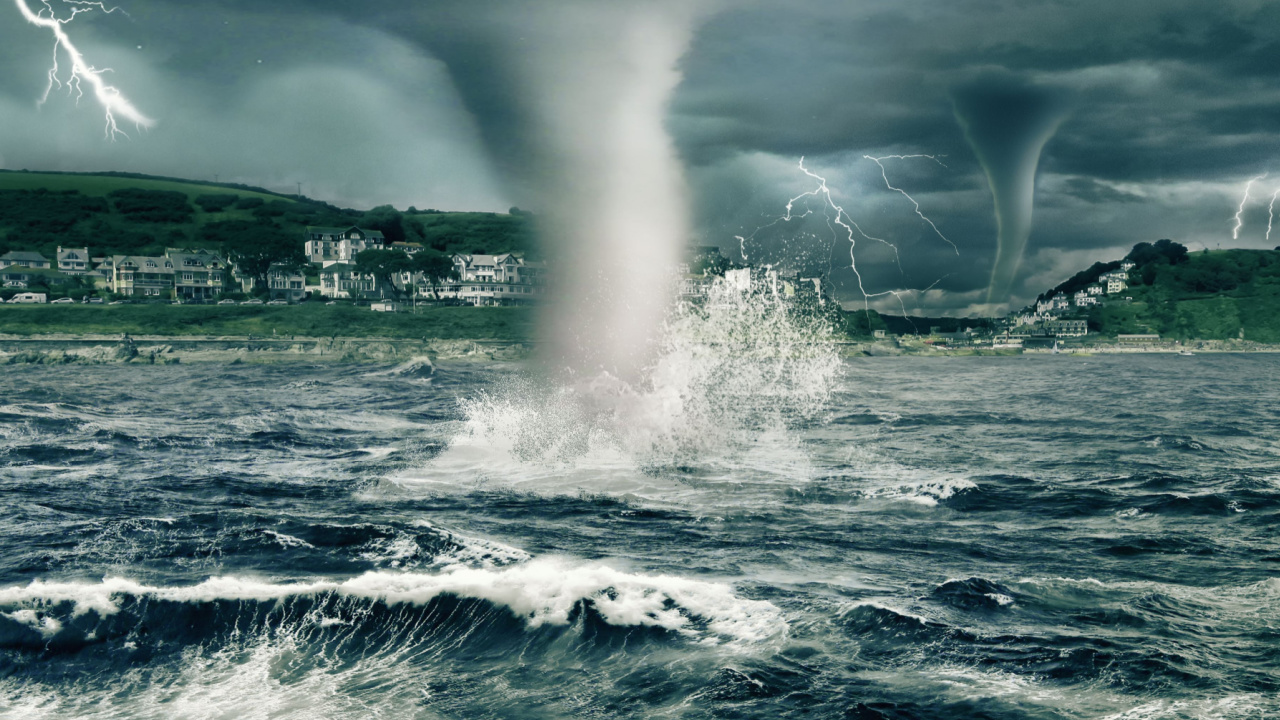
As temperatures rise, the increased evaporation of moisture leads to more extreme rainfalls, which causes even more severe storms with more impact. Preppers should prepare for stronger thunderstorms, blizzards, hurricanes, and tornadoes.
3. Droughts

Some preppers may realize that climate change can affect temperatures, but they may ignore the possibility of potential water shortages. This could lead to extreme droughts, dust storms, and a lack of clean, usable water sources.
4. Melting Glaciers
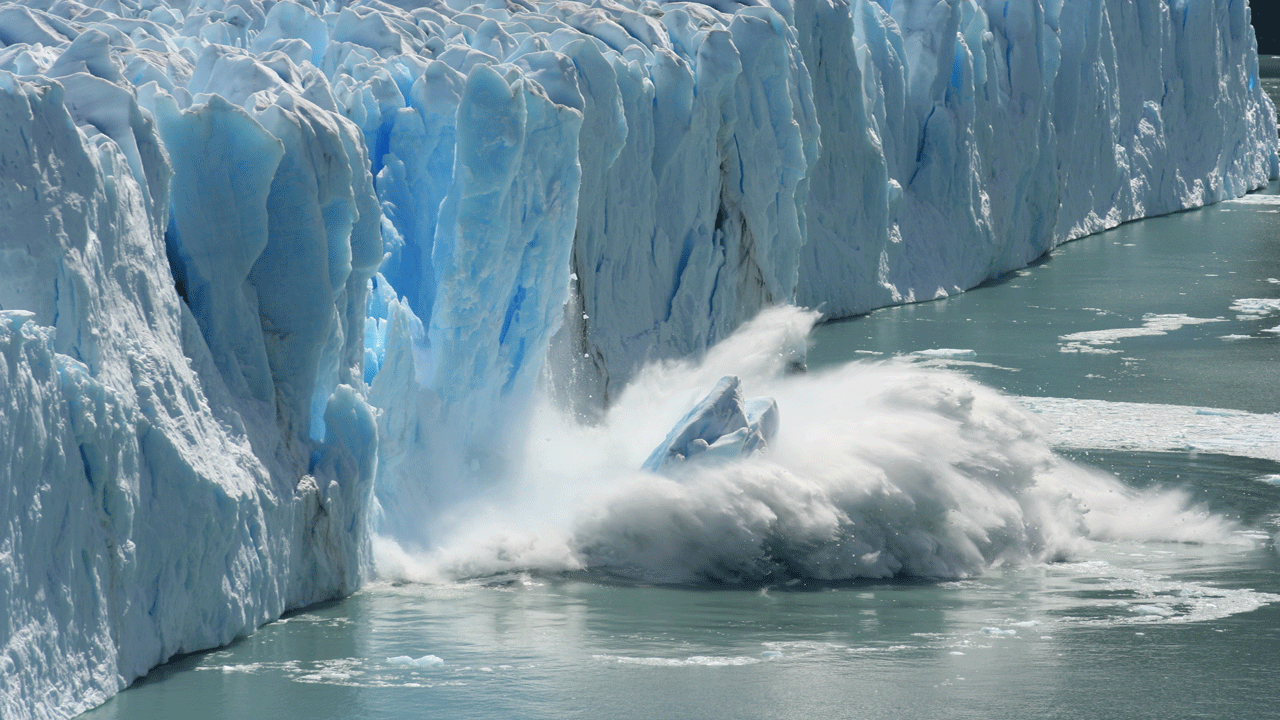
We have all been made aware of ice melting and glaciers melting due to climate change. As these glaciers melt, sea levels rise, and coastal areas become more vulnerable to flooding, preppers should also consider the impact of changing water sources and contamination from melted glacier water.
5. Animal Loss
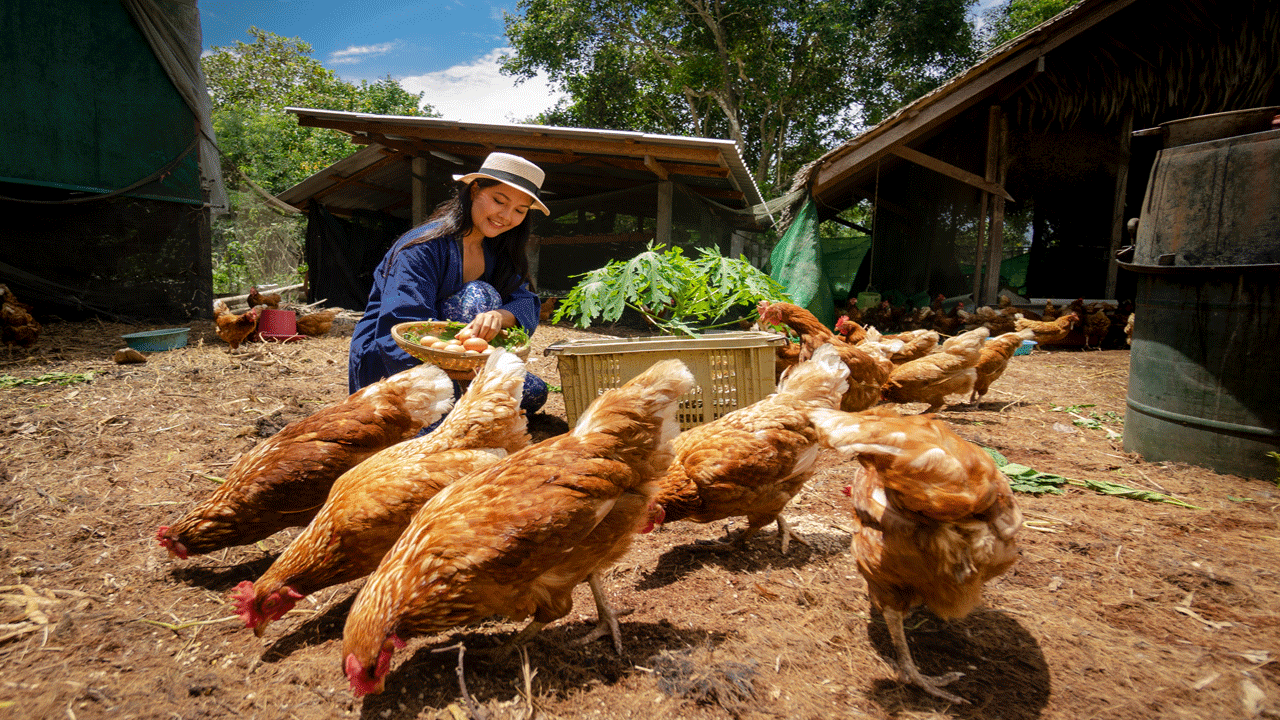
Climate change affects wildlife through extreme weather events, wildfires, and diseases, significantly impacting preppers’ survival strategies. With the loss of certain animal species, food sources may begin to disappear, and hunting may become impossible.
6. Plant Loss
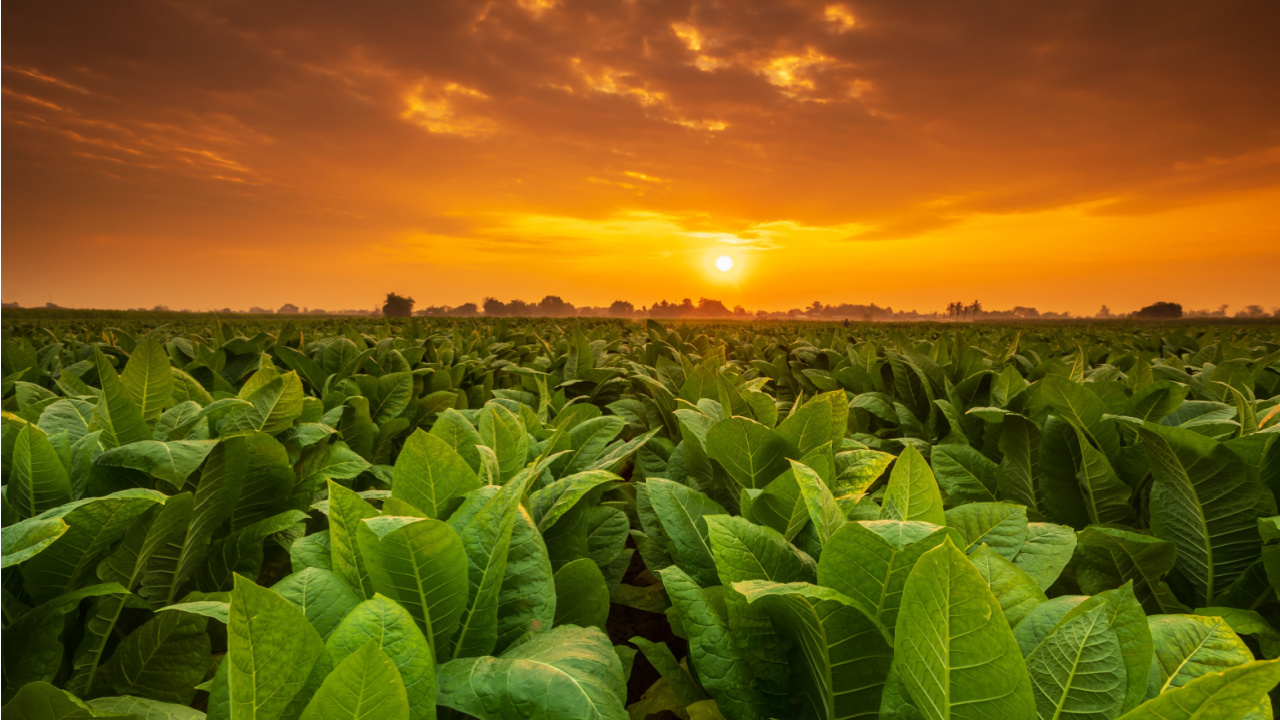
Extreme weather can affect crops, plus changes in temperature and rainfall amounts can affect how plants grow and survive. From forests to gardens, climate change has a noticeable impact that preppers need to consider and find alternative methods of growing food.
7. Wildfires

With higher temperatures, wildfires are more common and can spread quickly, destroying forests, croplands, and homes as they burn. While it may not seem like a big deal unless you live in a wildfire-prone area, due to the shifting climate, wildfires now threaten not just preppers’ gear and homes but also their ability to find food and water.
8. Poverty
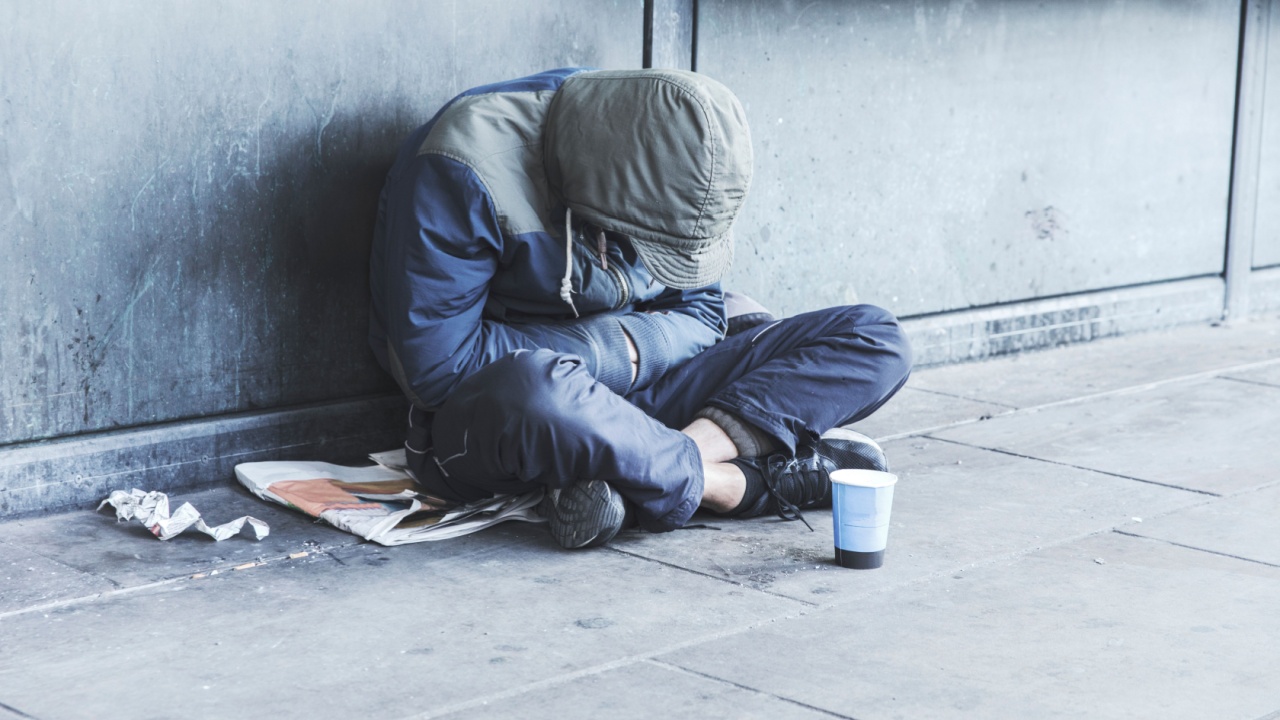
Poverty is one effect of climate change that many overlook, but it is a significant threat to preppers. Extreme weather can destroy homes, and heat makes outdoor jobs more complex, leading to displacement, job loss, and poverty for those already struggling.
9. Erosion
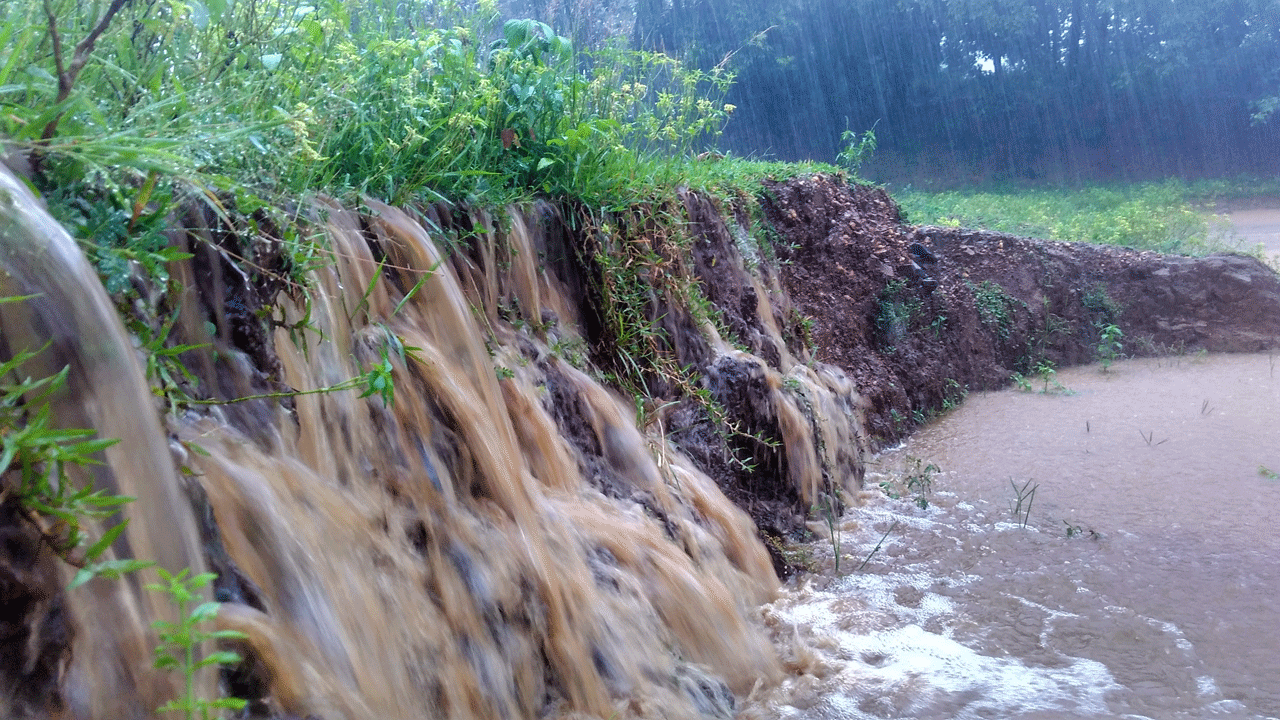
Extreme weather, winds, and dust storms damage our land by causing erosion, which can lead to loss of topsoil and a decrease in crop yields. Many preppers who enjoy sustainable living by growing their food should prepare for erosion by using terracing, windbreaks, or cover crops to safeguard their land.
10. Salinization
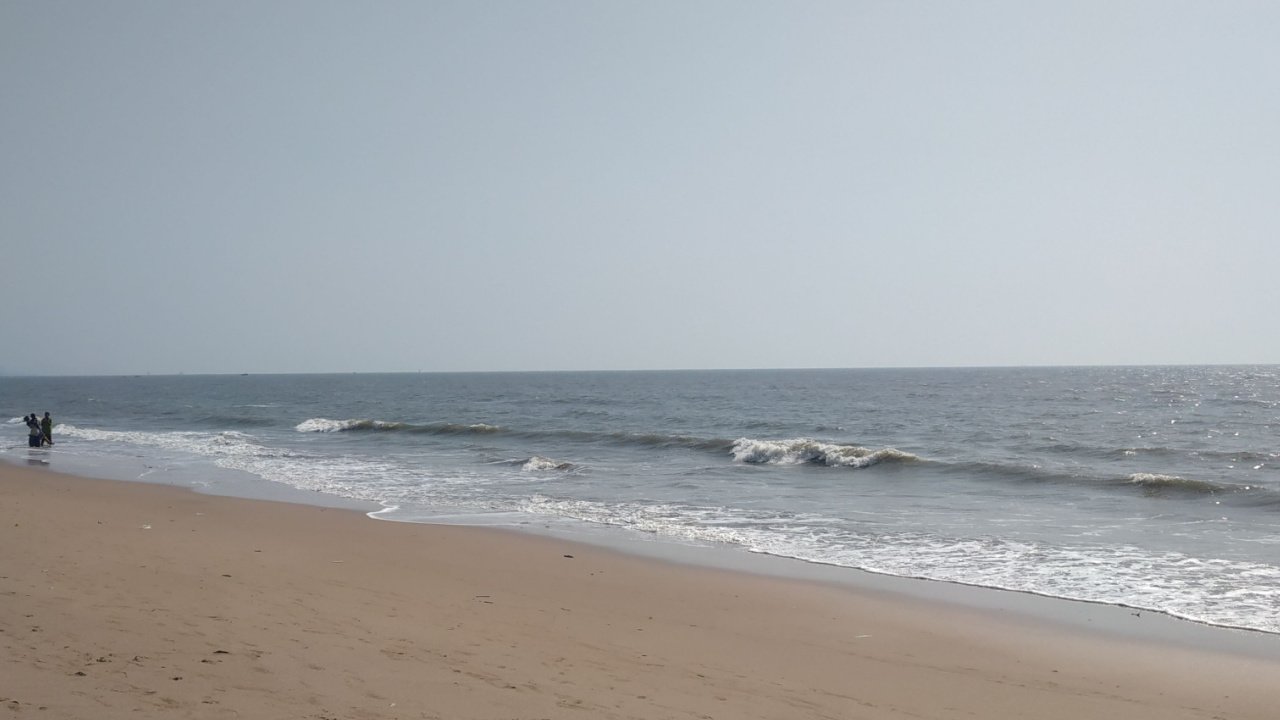
With rising sea levels and changes in rainfall, seawater can flood land during a storm surge, and the salt from the water can end up in the soil, causing salinization with salt levels high enough to harm plants and crops. Preppers should consider how climate change could impact their soil and use raised beds or drainage systems to prevent salinization.
11. Flooding
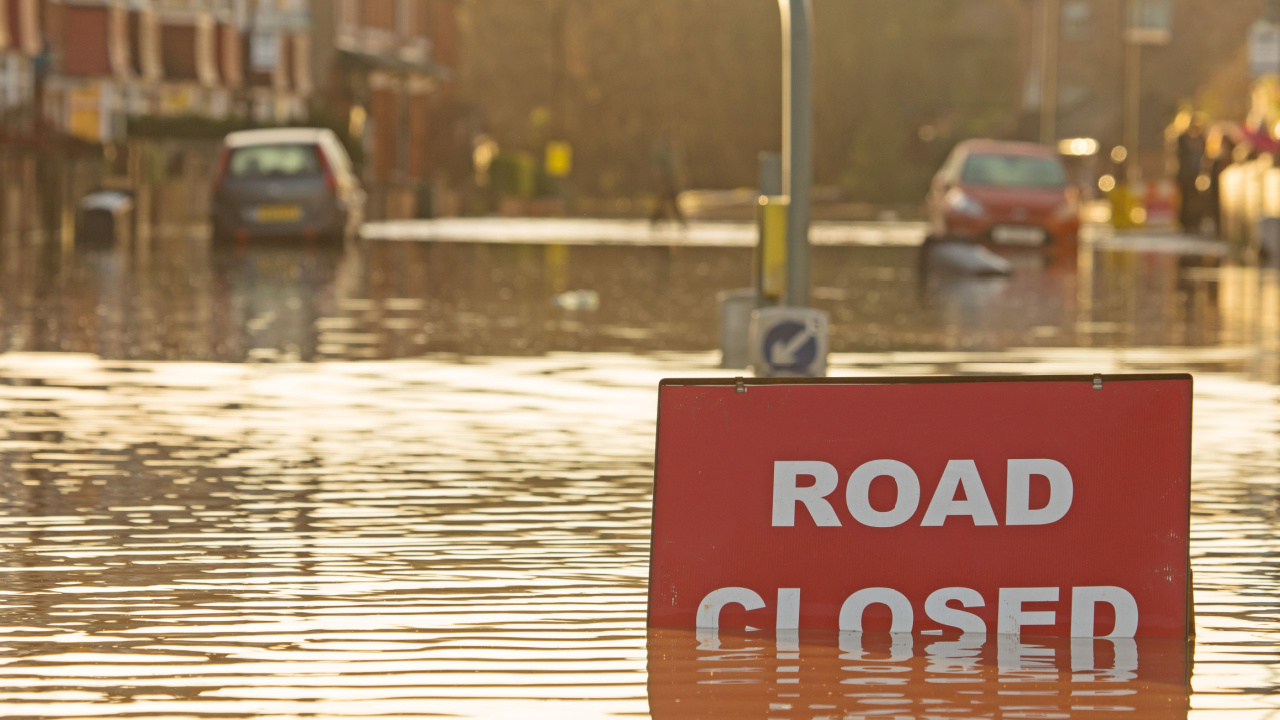
Although preppers prepare for various disasters, flooding is one dangerous event they often overlook when preparing. With climate change causing more intense and frequent rainfall, preppers should create a plan for evacuating in case of a flood and invest in sandbags or flood barriers to protect their property.
12. Greenhouse Gasses
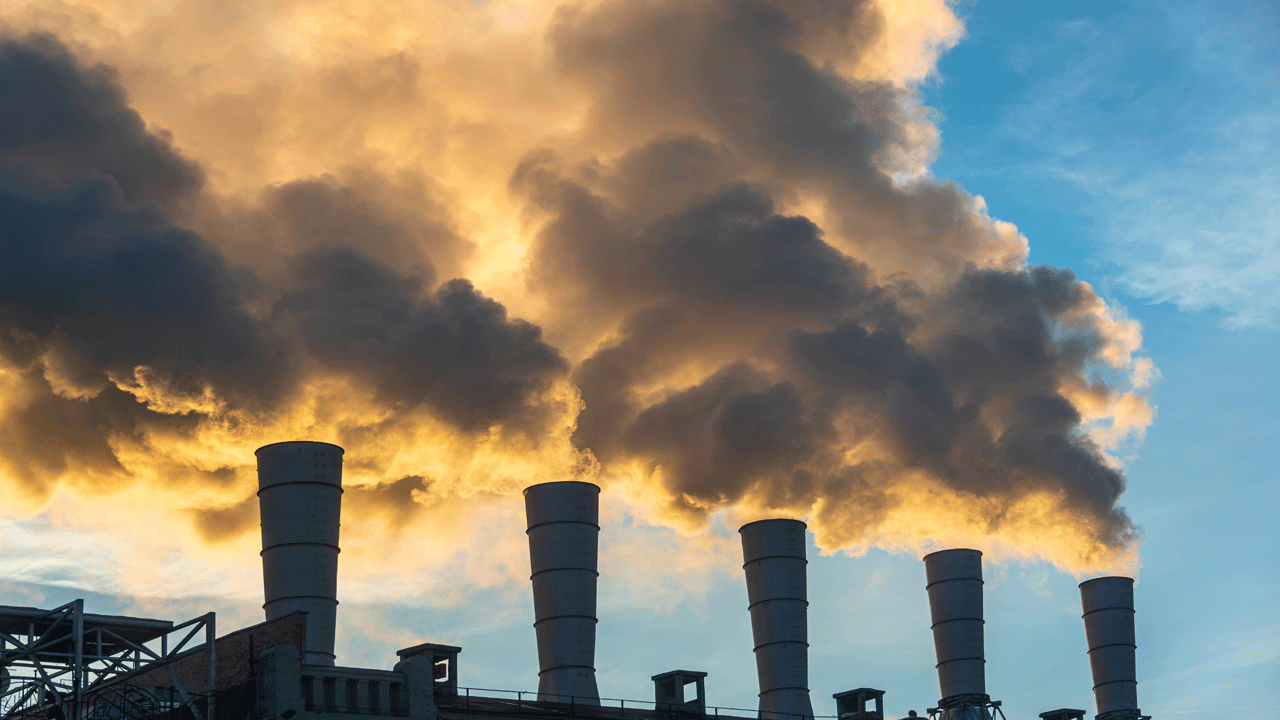
Climate change is increasing greenhouse gasses, but preppers may not take the steps to reduce their carbon footprint. They can start by using more renewable energy sources, such as solar panels and wind turbines, planting more trees, and composting and recycling.
13. Lack Of Water
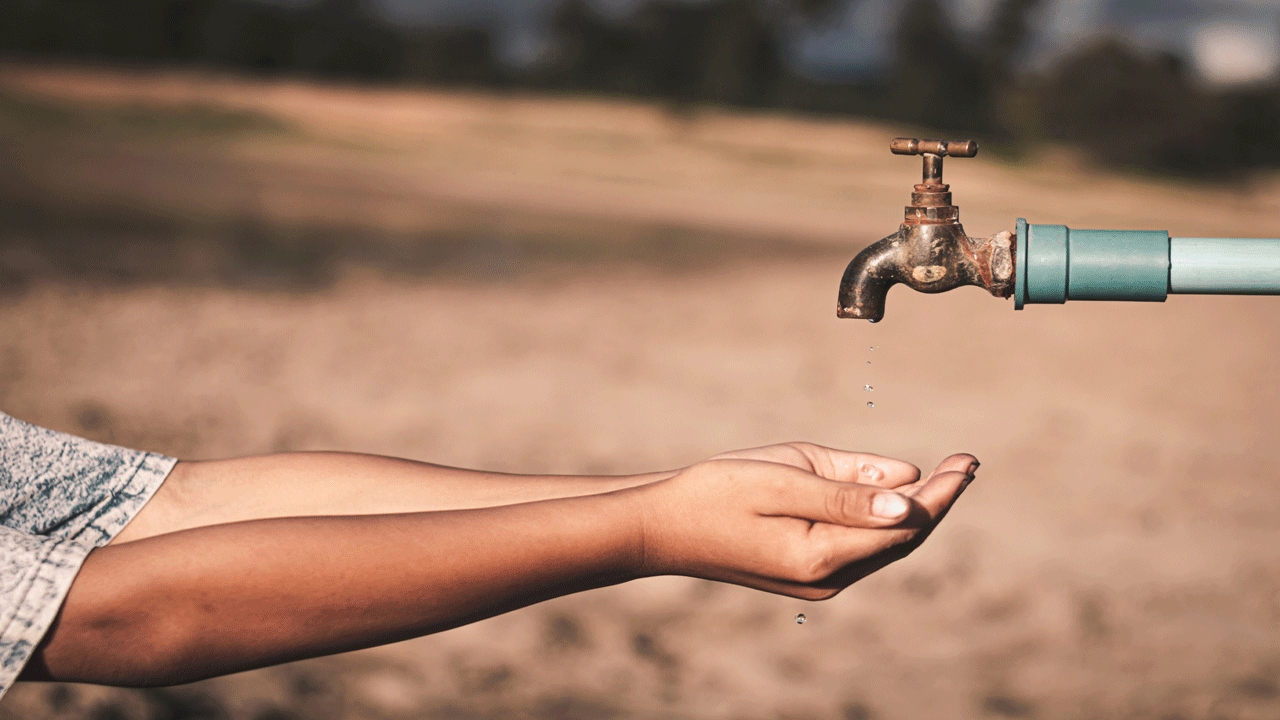
With increased temperatures and droughts, water scarcity is quickly becoming a possibility. Preppers should invest in a rainwater collection system to ensure plenty of water and learn how to filter and purify water properly for consumption.
14. Soil Biodiversity Loss
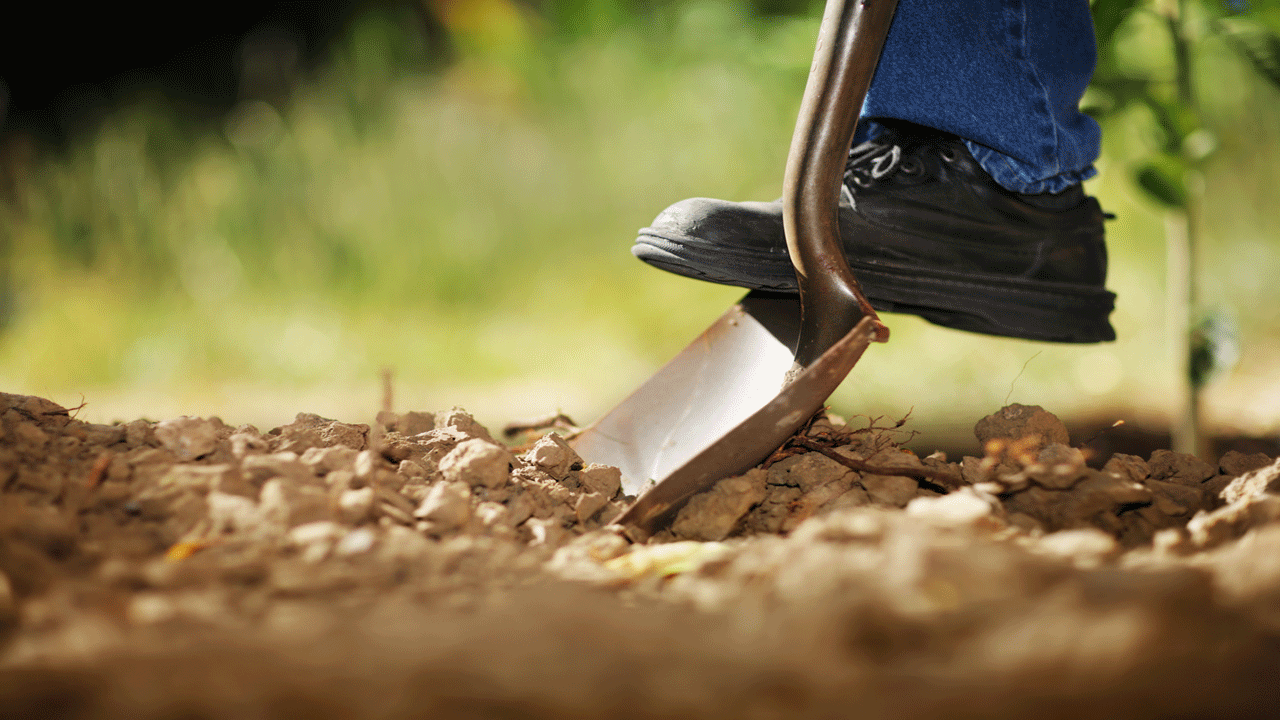
Healthy soil is vital in growing food, but climate change is causing soil biodiversity loss. Preppers can combat this by improving soil health and fertility with sustainable farming practices, such as crop rotation and no-till farming.
15. Landslides
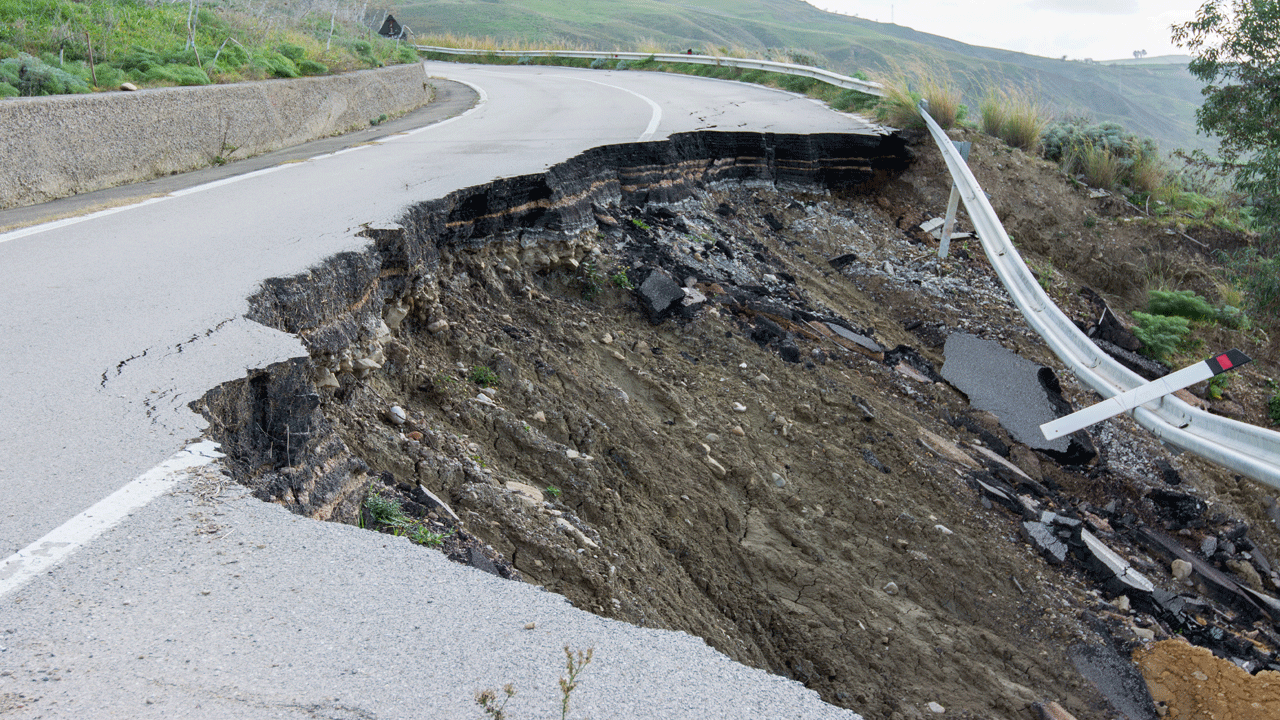
Extreme rainfall and storms can cause landslides, but many preppers do not consider them a potential danger in the area where they live, Due to climate change bringing about stronger and less predictable weather patterns, landslides might occur in unexpected areas, and preppers should be able to spot signs and have evacuation plans prepared for emergencies.
16. Health Risks
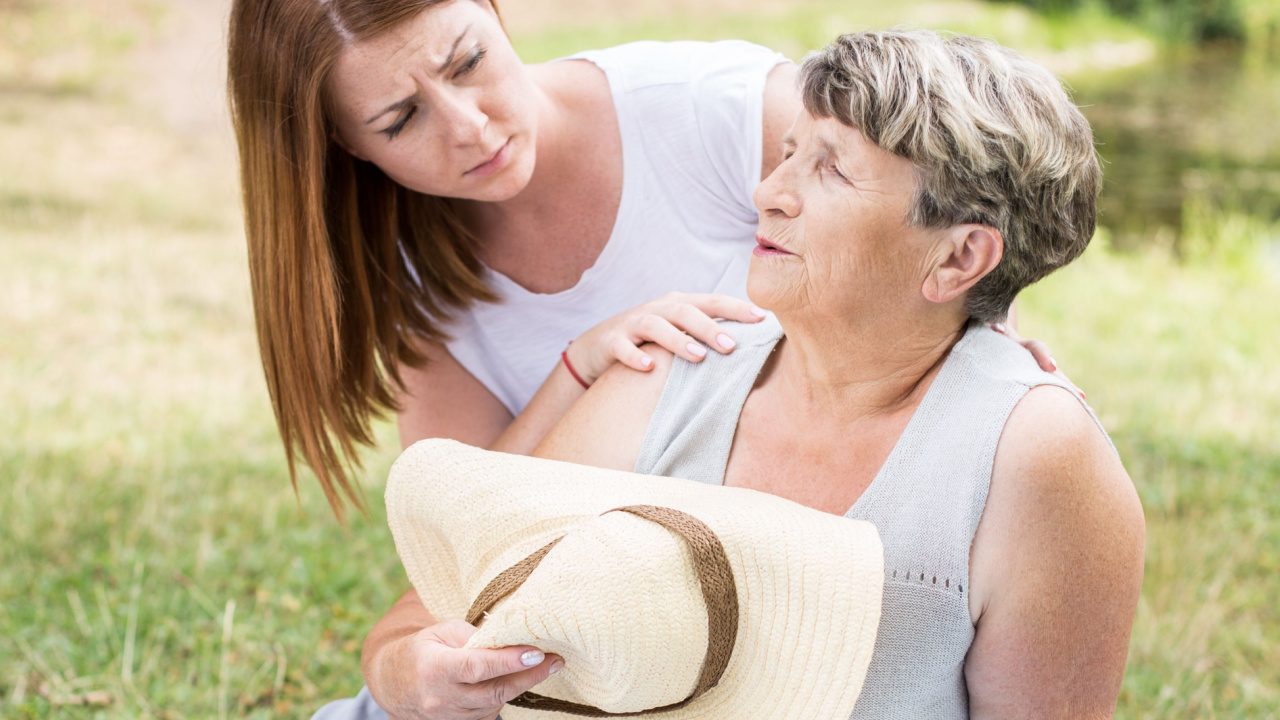
With air pollution, changing weather, and extreme weather events, climate change is already becoming a health risk. Preppers might ignore how climate change affects their health, but as temperatures rise and extreme weather becomes more common, the chances of heat stroke, breathing problems, and waterborne illnesses increase.
17. Displacement

Flooding, sea-level rise, and extreme weather events can all result in the displacement of individuals, families, and communities. While preppers may have a bug-out bag ready, they may not consider the possibility of natural disasters destroying all of their stockpile and shelter.
18. Pollution
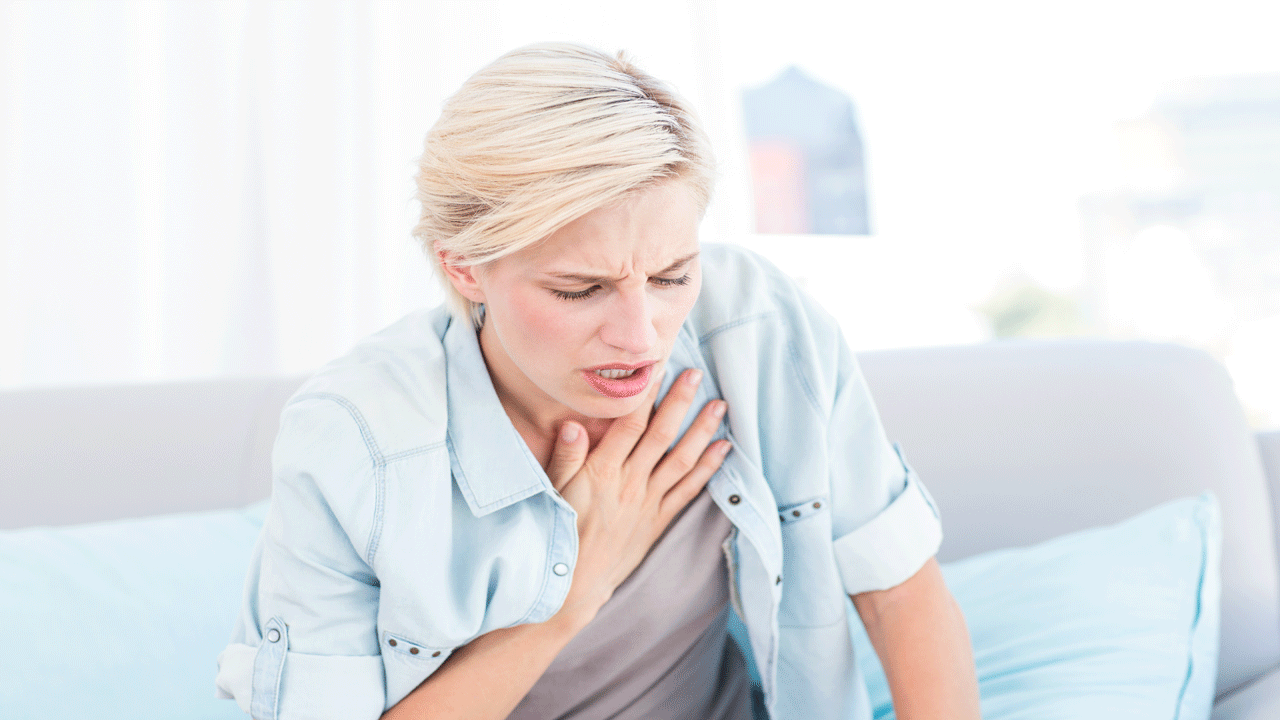
Preppers concerned about long-term survival should also consider how climate change affects not only the weather and natural disasters but also contributes to pollution. As temperatures rise, more air pollutants, like smog, are created, making it tougher for people to breathe.
19. Ocean Acidity
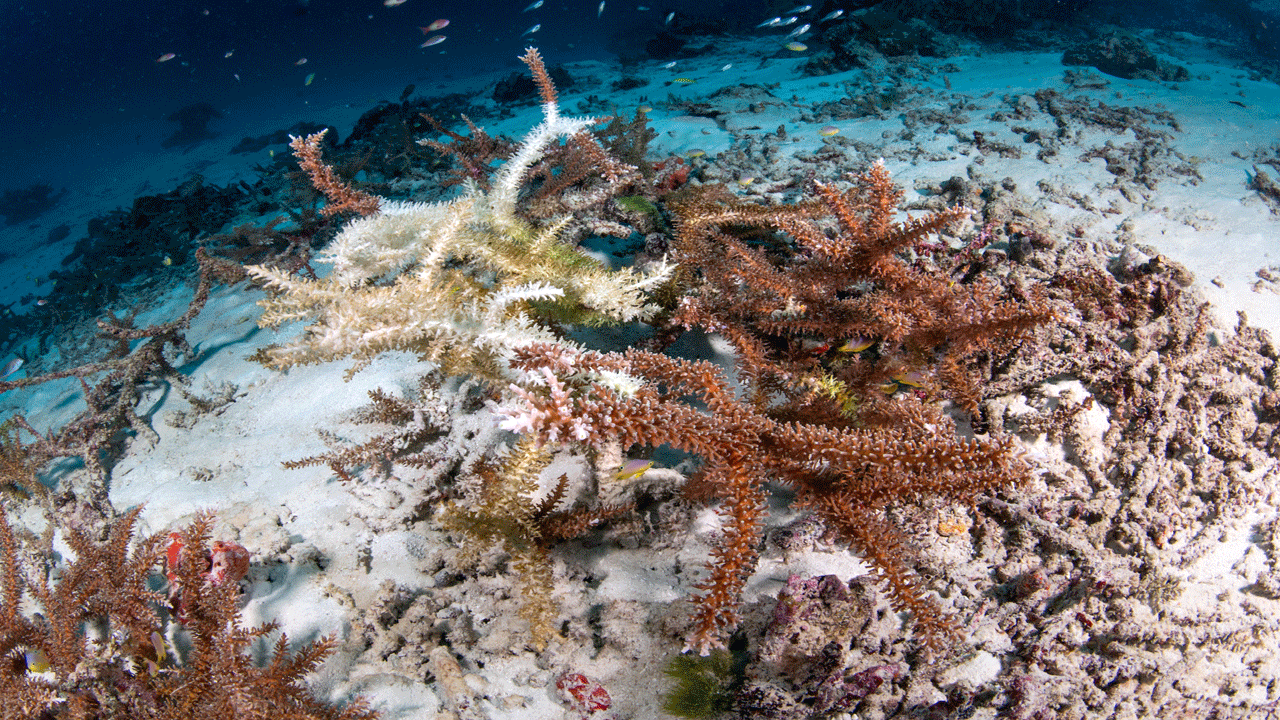
Many preppers depend on fish for their diet, but they ignore that climate change can affect the marine life they rely on for food. As carbon dioxide levels in the atmosphere continue to rise, the oceans absorb it and become more acidic, harming shellfish, coral reefs, and other species vital to our ecosystem.
20. Zoonoses
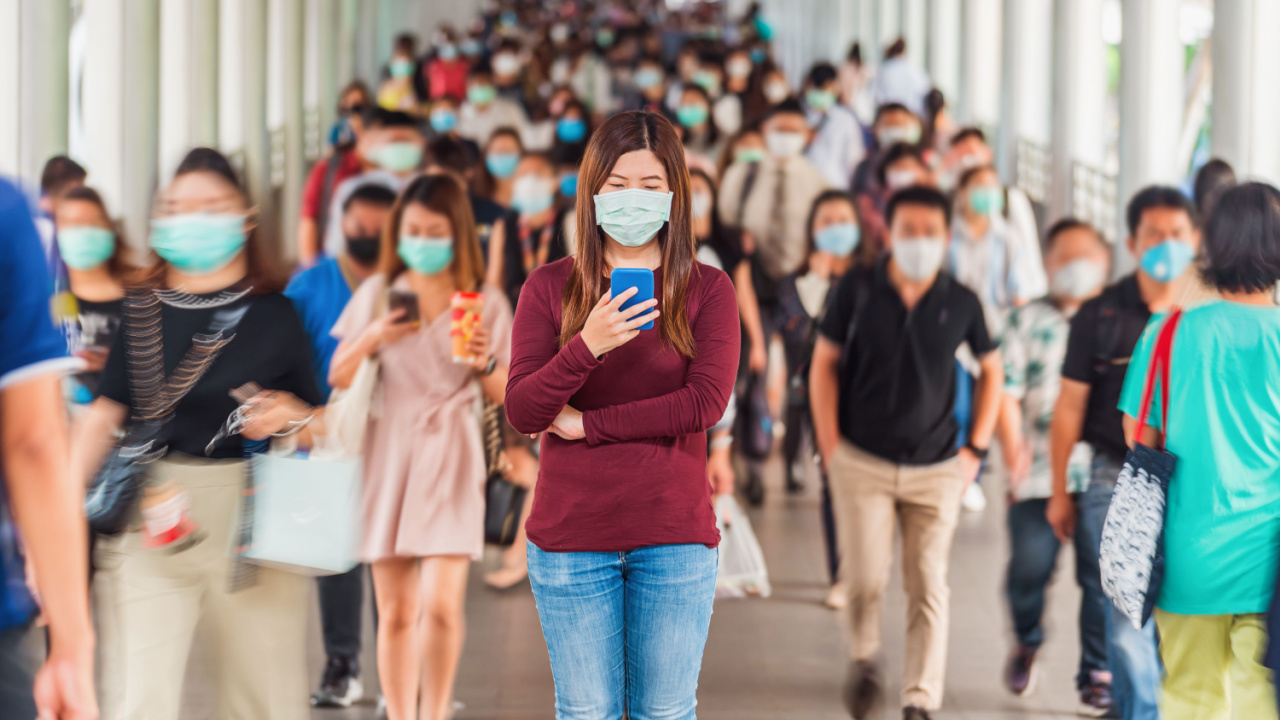
Preppers may be ready for some illnesses with a first aid kit and healthy foods, but warm temperatures and extreme weather have brought about a concern they should not ignore. Zoonoses, diseases that can pass from animals to humans, are increasing because climate change is changing conditions for their spread.
21. Mental Health

While preppers are stockpiling for doomsday and physical survival, many ignore mental health. Climate change can profoundly affect mental well-being, with factors like extreme weather events, the threat of displacement due to disasters, and anxiety about an unpredictable future all adding to mental health issues.
22. Vector Borne Illnesses
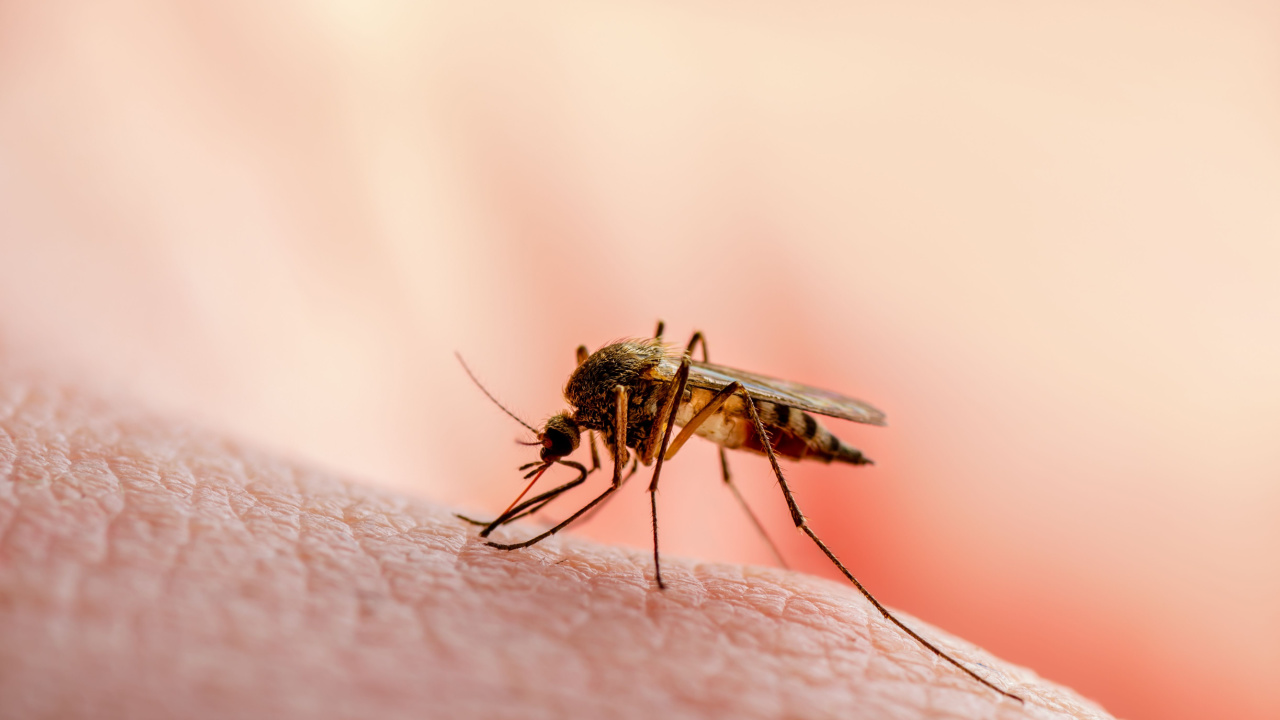
Another effect of climate change that preppers may not be concerned with is the increase in vector-borne illnesses. With flooding, rainfall, and warmer temperatures, insects such as mosquitoes and ticks thrive in new areas, bringing diseases like malaria, dengue fever, and Lyme disease with them.
23. Water Contamination
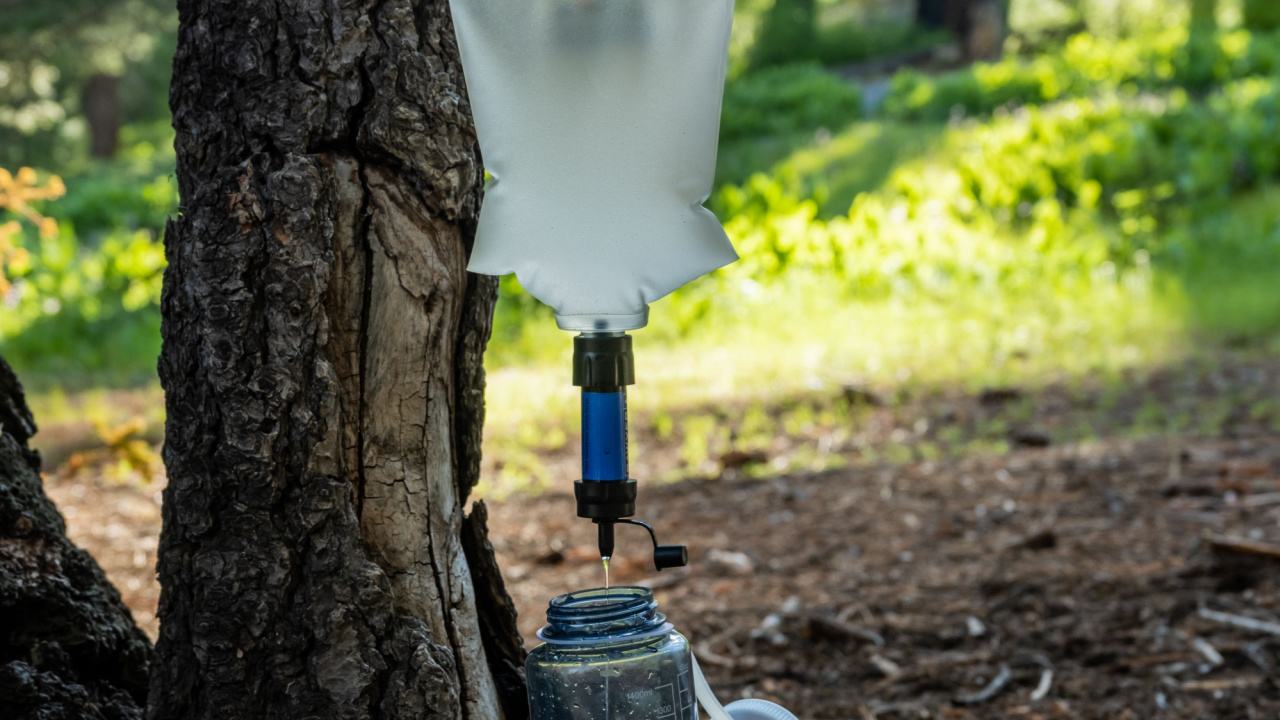
Climate change can also lead to freshwater contamination through weather events like hurricanes and floods, causing sewage overflow and water contamination. Preppers may stockpile water or create a rain catchment system, but they must also know how to purify water.
24. Economic Changes

Preppers may not consider the economic changes climate change can cause, with extreme weather events damaging crops, food shortages, supply chain issues, and higher prices. Preppers can create an emergency cash fund and practice self-sufficiency methods like gardening and preserving food to prepare for the potential economic impacts of climate change.
20 Crucial Supplies for Surviving a Societal Collapse
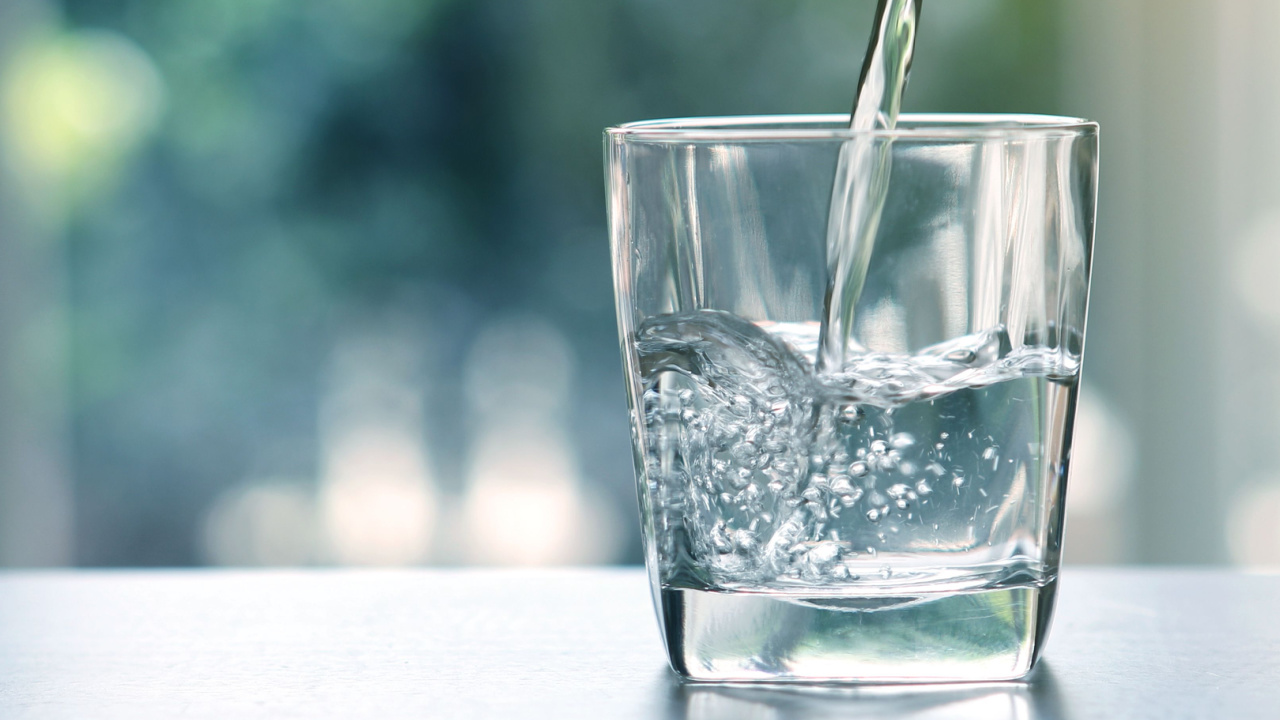
In the face of uncertainty, being well-prepared gives you at least some degree of control and security. The thought of a societal collapse, while extreme, prompts us to consider how we might endure without the conveniences of our current lifestyle. Here’s a list of 20 essential items that could prove indispensable in such a scenario. This guide isn’t about succumbing to fear but embracing preparedness and resilience.
14 Essential Canned Goods for Your Emergency Pantry
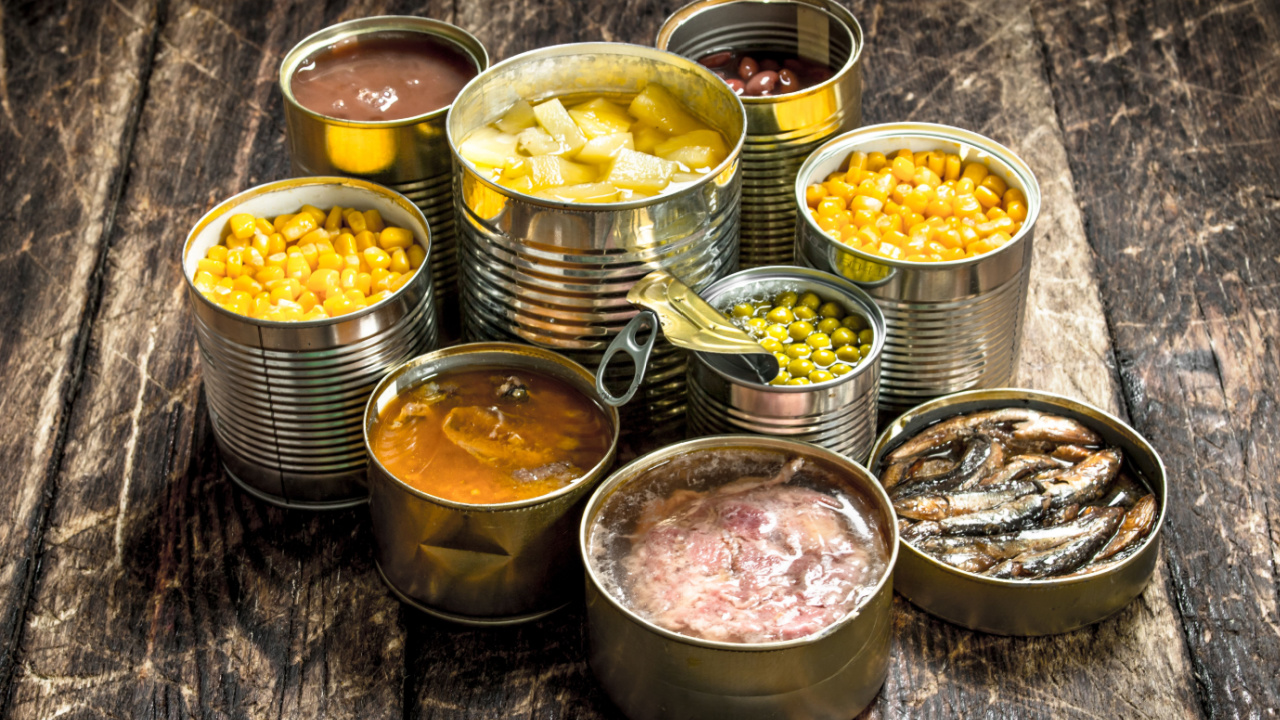
I firmly believe in keeping a well-stocked emergency pantry. While fresh food is ideal, in a survival situation, we may not be that lucky. So, for my family, even though we grow a lot of our own food, canned goods play a crucial role in emergency preparedness. They offer a reliable source of nutrition when access to fresh produce may be limited. The goods you stockpile should be affordable, easy to store, and full of nutrition.
Best Regions in the U.S. to Escape to When Society Collapses
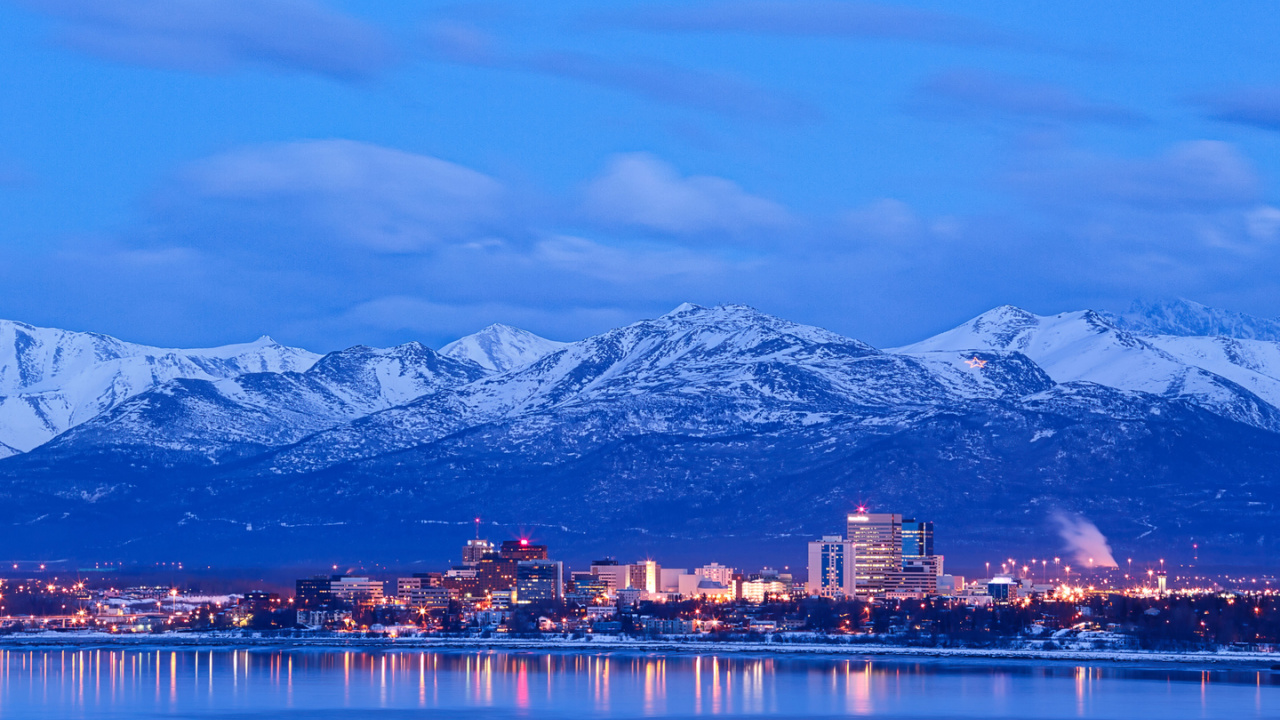
Choosing a refuge in the event of societal collapse involves weighing the pros and cons of each location against your personal preparedness goals and abilities. Whether you’re drawn to the solitude of the desert or the protective heights of the mountains, the key is finding a place that offers safety and the opportunity for growth and renewal.
